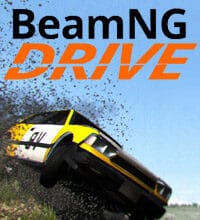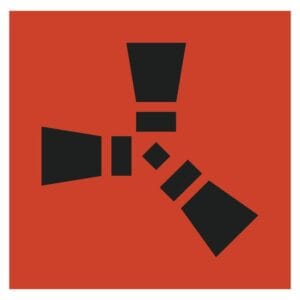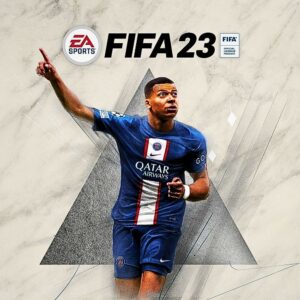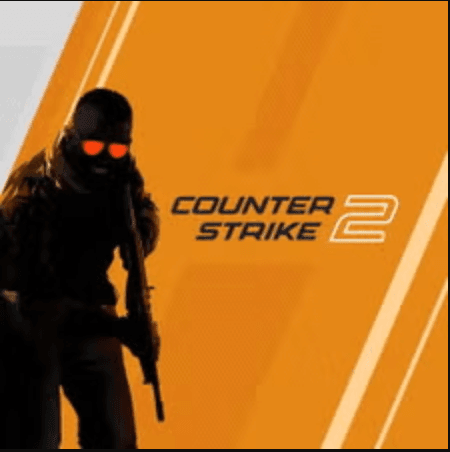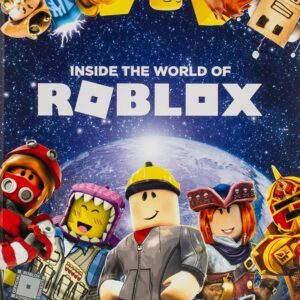Critical Role Campaign 4 May Have Fixed My Least Favorite D&D Monster
Popular Now
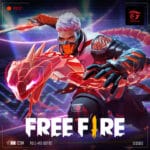 Free Fire
Free Fire
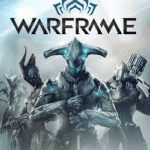 Warframe
Warframe
 Fortnite
Fortnite
 League of Legends
League of Legends
 Grand Theft Auto V
Grand Theft Auto V
 Genshin Impact
Genshin Impact
 Rust
Rust
 EA SPORT FC 25
EA SPORT FC 25
 Candy Crush Saga
Candy Crush Saga
 Sonic the Hedgehog™ Classic
Sonic the Hedgehog™ Classic 
The highly anticipated debut of Critical Role Campaign 4, now under the stewardship of new Game Master Brennan Lee Mulligan (BLM) and featuring a sprawling 13-player cast, has brought a seismic shift to the beloved Actual Play TTRPG franchise. Moving beyond the familiar confines of Exandria to the fractured, god-graveyard world of Aramán, this campaign promises a darker, more politically charged, and narratively complex experience. But for veteran D&D 5e players, one subtle thematic introduction in the opening episodes suggests a potential, and much-needed, overhaul for one of the game’s most infamously bland creatures.
The monster in question? The Goblin. Often relegated to mere cannon fodder, a simplistic roadblock for level one adventurers, the standard Goblin stat block in Dungeons & Dragons 5th Edition rarely offers a satisfying, memorable, or engaging combat encounter. They are the definition of ‘disposable,’ failing to live up to the promise of conniving, traps-obsessed marauders often depicted in supplemental lore. However, Aramán’s unique backdrop, coupled with the dramatic narrative weight placed on the ‘Schemers’ group—which includes a character deeply tied to clandestine, perhaps even monstrous, societal elements—hints at a change that could make these ubiquitous pests genuinely terrifying.
The Celestial Horror and the Rise of the ‘New’ Monster
Campaign 4’s central conflict revolves around the fallout from the deaths of the gods 70 years prior, leading to ‘feral celestials’ and a world fractured by the remnants of divine power. This lore is significant because it establishes a precedent for fundamental changes in established creature types. We know that the 2024 D&D ruleset (which the campaign utilizes) brings updates to various creature types and stat blocks, including the reclassification of certain monsters, as outlined in recent previews of the 2025 Monster Manual.
But beyond the official updates, the true magic lies in the worldbuilding in TTRPGs. BLM’s style often transforms the mundane into the menacing, weaponizing political intrigue and psychological horror. If a creature is simply a low-CR roadblock, it undermines the high-stakes D&D campaign tone established by a world where the very foundation of divinity has been shattered.
What if the Goblin, or a similar low-CR humanoid, is not just a nuisance but an indicator? What if their established traits—like the ability to Disengage as a bonus action (a key mechanic of the 5e Goblin)—are recontextualized not as cowardice, but as a tactical combat mechanic born from a dark societal structure? This is where the Campaign 4 setting offers a ‘fix’.
Fixing the Goblin: A TTRPG Case Study in Critical Role
The standard Goblin is fundamentally a failed promise. A creature of low intelligence, fear, and malice, yet mechanically represented only by low HP and a single bonus action. The fix, as Campaign 4 suggests, isn’t about giving them more hit points, but about enhancing their environment and societal structure—the DM’s world design.
- Thematic Overhaul: In a world dealing with ‘celestial horrors’ and the rise of powerful, secretive ‘Houses,’ Goblins could be recast. They become the desperate, low-caste population of Aramán, twisted by the very same energy that killed the gods—a ‘divine radiation’ that causes mutations, not just in celestials, but in mortals too. Their small size and nimbleness are now evidence of a harsh, resource-poor existence, not just innate biology.
- Tactical Combat Focus: Goblins excel at hit-and-run tactics. A good DM exploits this by placing them in traps, tunnels, and ambushes. The Schemers’ narrative, which deals with underground dealings and hidden truths, provides the perfect backdrop. BLM, an expert in narrative-driven D&D, could use Goblins not as a threat, but as a high-value information broker or a trap-setting guerrilla unit.
- The Leadership Mechanic Re-envisioned: Goblins are almost never encountered alone. Their problem in 5e is that their ‘Boss’ is just a slightly tougher Goblin. Campaign 4 offers a chance for Goblins to be led by something truly terrifying—perhaps a ‘feral celestial’ thrall, or a twisted cleric empowered by the very essence of a dead god. This shifts the focus from low-CR fights to a boss encounter where the Goblins are a deadly, coordinated hazard (a ‘minion swarm’ mechanic), rather than a trivial enemy.
The most compelling argument for this ‘fix’ comes from the show’s own narrative. The death of Thjazi Fang and the ensuing investigation, involving disparate groups like the ‘Soldiers,’ ‘Seekers,’ and ‘Schemers,’ suggests a complex, layered mystery. If a low-CR monster is responsible for a pivotal early conflict, that monster must be fundamentally more interesting than the standard Monster Manual entry. They must be a product of the world’s tragedy.
The Economic and SEO Value of Monster Variety
From an SEO content strategy perspective, the most valuable D&D news and updates often center around monster mechanics, rules tweaks, and popular media interpretations. The search term “D&D monster fixed” carries a high CPC (Cost Per Click) value because it targets an evergreen pain point for Dungeon Masters: creature usability. Critical Role provides the perfect platform to legitimize such a discussion.
By simply showing a Goblin (or a similarly low-level creature like a Kobold or Stirge) in a genuinely unnerving and effective way—perhaps through a well-executed ambush using the newly structured environments of Aramán—BLM and the Critical Role team could single-handedly elevate the perceived threat level of an entire class of monsters. This move doesn’t just improve the game; it generates high-value content for the TTRPG industry news cycle.
The ‘fixed’ monster is not a new stat block, but a creature used as an extension of the world’s grim reality. They are desperate, they are numerous, and most importantly, they are integrated into the world’s major political and mystical themes. This is the difference between a random encounter and a terrifying omen.
Final Analysis and Campaign Trajectory
The sheer scale of Critical Role’s new campaign, with its West Marches style and rotating cast, demands a certain flexibility in encounter design. The low-level Goblins, if they appear, will likely be deployed by BLM with surgical precision to make a narrative point: even the weakest elements of society are now dangerous in a world where the gods have fallen. They are not merely Goblins; they are the aftermath of divine war.

